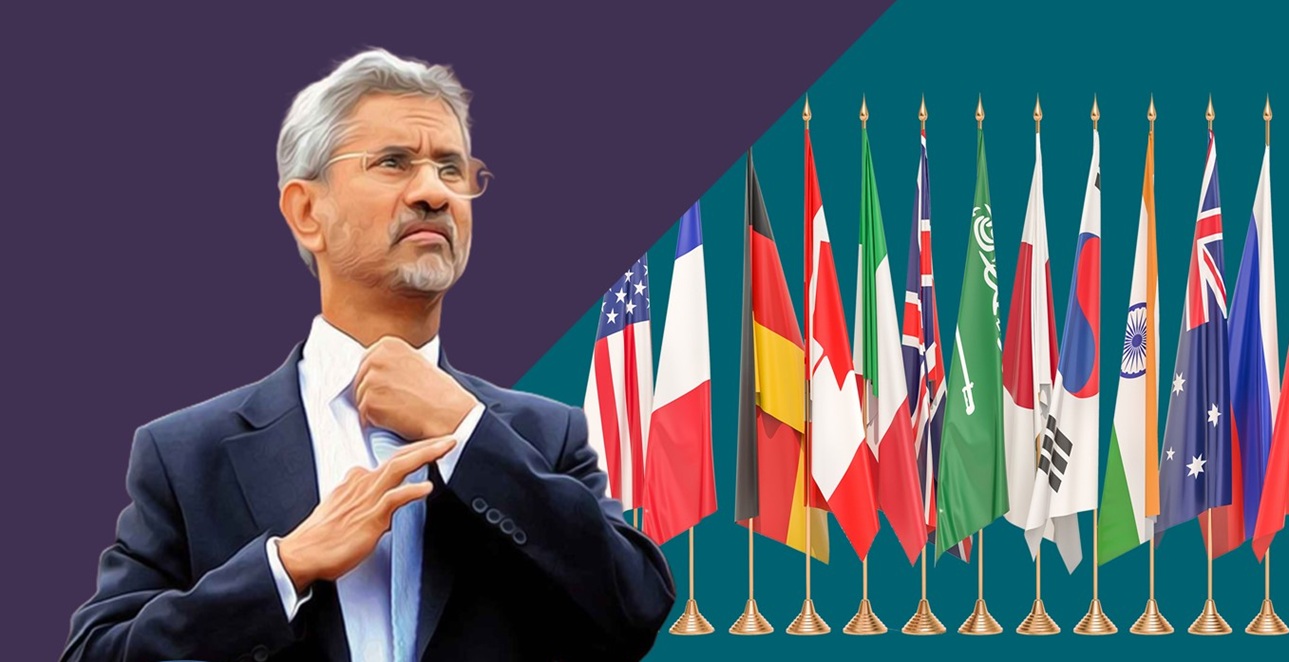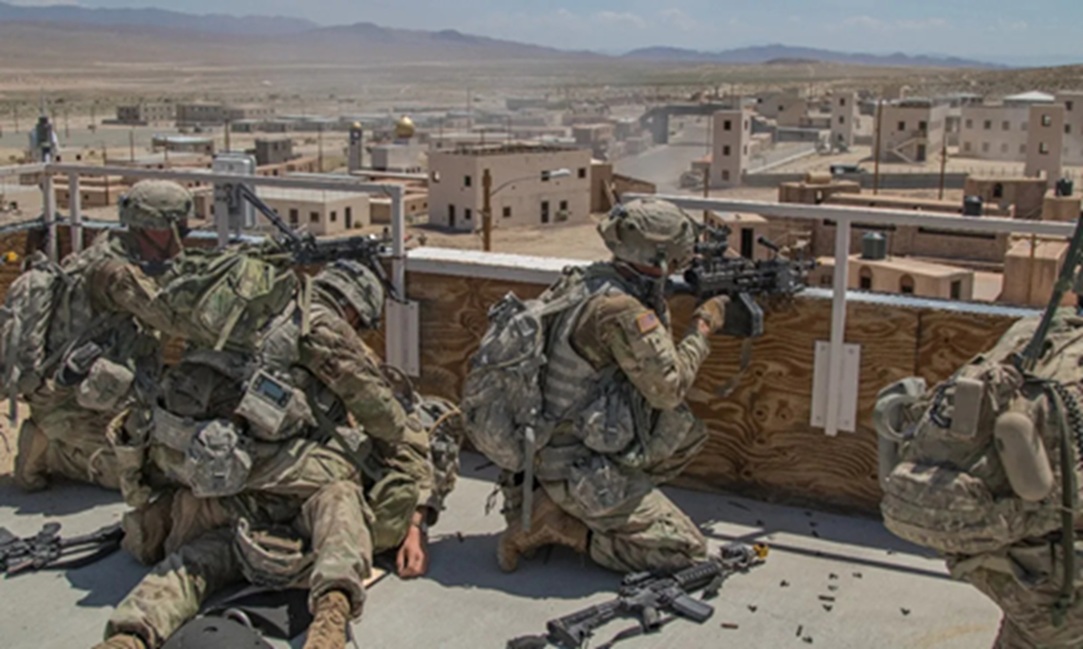“There is a constant interaction and overlap between the physical, virtual, augmented, and mixed worlds” quoted by Simone Puorto, a leading Tech Journalist. This is true and this virtual component is slowly increasing in the present day world.
The metaverse is a term used to describe a fully immersive virtual world that can be experienced through the use of virtual reality and augmented reality technologies. In the metaverse, users can engage with each other in real-time, interact with virtual objects, and participate in a wide range of activities, like simulation, gaming, entertainment etc.
The metaverse is still largely a concept, but there are already many technologies and platforms that are working to bring this vision to life. Overall, the metaverse is a rapidly evolving concept that is likely to transform the way we interact with each other and experience the world in the years to come. The key technologies and components of the metaverse are Virtual Reality (VR) Headsets, Augmented Reality (AR) Headsets, Spatial Computing, Blockchain, Social Media and Communication Platforms etc.
The concept of a metaverse involves a virtual space where participants can interact with each other in a simulated environment. While the metaverse is typically associated with gaming and social applications, it is possible to explore the use of this technology for battlefield simulations and war games.
Training and Simulation
One possible use case for the metaverse technology in defence is for training and simulation purposes. Virtual environments could be used to train soldiers in a variety of scenarios, ranging from combat tactics to logistics and supply chain management. This could help prepare soldiers for real-world situations without putting them in the line of fire. Additionally, the metaverse could be used to simulate and test new military technologies, such as weapons and vehicles, before they are deployed in the field as well as to plan counter-insurgency operations.
Communication and Co-ordination
Another potential application of metaverse technology in defence is communication and collaboration. The ability to interact with other users in a shared virtual environment could be used to facilitate communication between soldiers and commanders in the field as well as between different branches of the military and even between sister services. This could lead to quality decision-making in high-pressure complex situations.
Fighter Pilot Training
The concept of a metaverse for fighter pilot training could be an effective way to train fighter pilots. This technology could allow pilots to train in a simulated environment that closely mimics the conditions and situations they may encounter in dogfights. Fighter pilots could be placed in a virtual cockpit and given missions to complete, such as engaging in simulated dogfights or performing reconnaissance missions or even engaging targets with weapons. The simulated environment could include various weather conditions, terrain types, and other factors that may affect the success of the mission. Pilots could also interact with other virtual pilots and ground personnel to simulate realistic operations. One potential advantage of using a metaverse for fighter pilot training is the ability to create scenarios that would be too dangerous or costly to recreate in real life. Pilots could train in simulated combat scenarios with enemy aircraft or practice emergency procedures without putting themselves or others at risk.
War Games
Military simulations and war games are crucial aspects of military training. They allow personnel to practice and refine their skills and strategies in a simulated tailored environment without the risks associated with real-world combat. A metaverse for war games could offer a number of advantages over traditional simulation methods. For example, a metaverse approach would allow for greater flexibility and customization in training scenarios. Users could create and modify digital environments and objects to simulate a wide range of real-world scenarios, from urban combat to large-scale battles. Additionally, a metaverse approach could allow for more efficient and cost-effective training, as it would eliminate the need for expensive real-world equipment and travel.
Developing a metaverse for war games would require significant technical expertise and resources. Creating a realistic and engaging virtual customised environment would require high-quality graphics and advanced physics engines, among other technical challenges. Additionally, security concerns would need to be carefully considered to ensure that the training environment is not compromised by outside actors. Such a technology adoption would certainly help the armed forces to retain the institutional memory and pass it on to the next-gen soldiers.
Electronic Warfare – Training and Simulation
Electronic warfare (EW) training is a field that could potentially benefit from a metaverse. EW involves the use of electromagnetic energy to disrupt or deny an adversary’s use of electronic devices, such as communications systems and radar. Training for EW requires realistic simulations of electromagnetic environments, which can be difficult to create in real-world settings. In metaverse-based EW training, users could interact with simulated electromagnetic environments and devices in a way that closely mimics real-world scenarios. This could include simulating different types of electromagnetic interference and teaching users how to use Electronic Counter Measures (ECM) and Electronic Counter Counter Measures (ECCM) technologies to detect and mitigate them. One potential advantage of a metaverse approach to EW training is the ability to create a highly cluttered Electro-Magnetic (EM) environment. Users could select from a range of simulated environments, devices, and scenarios to create training exercises that are tailored to their specific needs. We can create wartime EW scenarios using simulations and make every warrior battle ready. The potential of electronic spoofing can also be explored and trained during peacetime.
Missile Defence System
The missile shield is an essential component of national defence for every country. The training and readiness of air defence systems are critical for every nation. Training for missile defence systems requires a realistic and immersive simulation environment that accurately replicates the complexity of real-world missile threats. A metaverse approach to missile defence training could offer a number of advantages over traditional training methods in the hypersonic era. This approach would allow the creation of highly customizable training scenarios, enabling users to simulate a wide range of missile threats and defensive strategies. Additionally, a metaverse could provide more cost-effective and safe exercises, which can be less dangerous. This would require significant technical expertise and resources. Accurate modelling of missile flight trajectories, physics, and sensor systems would be necessary to create a realistic and effective augmented training environment.
Data Security
It is important to consider the potential risks and challenges associated with using metaverse technology in defence applications. Cybersecurity and data privacy concerns must be addressed to ensure that sensitive information is not compromised. Additionally, there may be ethical considerations around using virtual environments to simulate warfare and potentially desensitizing soldiers to the realities of combat. A private cloud is a must for going ahead with any kind of military application.
Shortcomings
While the concept of the metaverse holds great promise, there are several significant challenges that must be addressed to realize its full potential. Some of the key challenges include:
Security: As users engage in the metaverse, they will be sharing a great deal of confidential information, including their location, preferences, and interactions with other users. Ensuring the security of the information will be a critical challenge, especially given the potential for malicious actors to exploit vulnerabilities in the cloud and the system.
Technical Complexity: Developing a fully functional and immersive metaverse will require significant technical expertise and resources. This includes creating sophisticated algorithms for physics simulations, developing advanced graphics and rendering technologies, and integrating various hardware and software components.
Interoperability: As the metaverse evolves, there will be a need to ensure that different virtual environments can communicate and interact with each other. This will require the development of common protocols and standards that can facilitate interoperability between different metaverse platforms. The defence has many heterogeneous systems simultaneously operating in the land, water, air, cyber and space domains.
Governance and Legal Framework: As the metaverse becomes more integrated into everyday life, there will be a need for governance structures and regulatory frameworks that can ensure fair and ethical use of the technology during peacetime. This includes issues around intellectual property, data ownership, and the potential for the metaverse to be used for nefarious purposes.
Way Ahead
Overall, the development of the metaverse will require a collaborative and interdisciplinary approach that can address the challenges as they arise when we adopt this technology for Military Applications. While there are potential benefits to using metaverse technology in defence, it is important to carefully consider the risks and challenges involved and to approach its implementation with caution.
Title Image Courtesy: The Tatva





